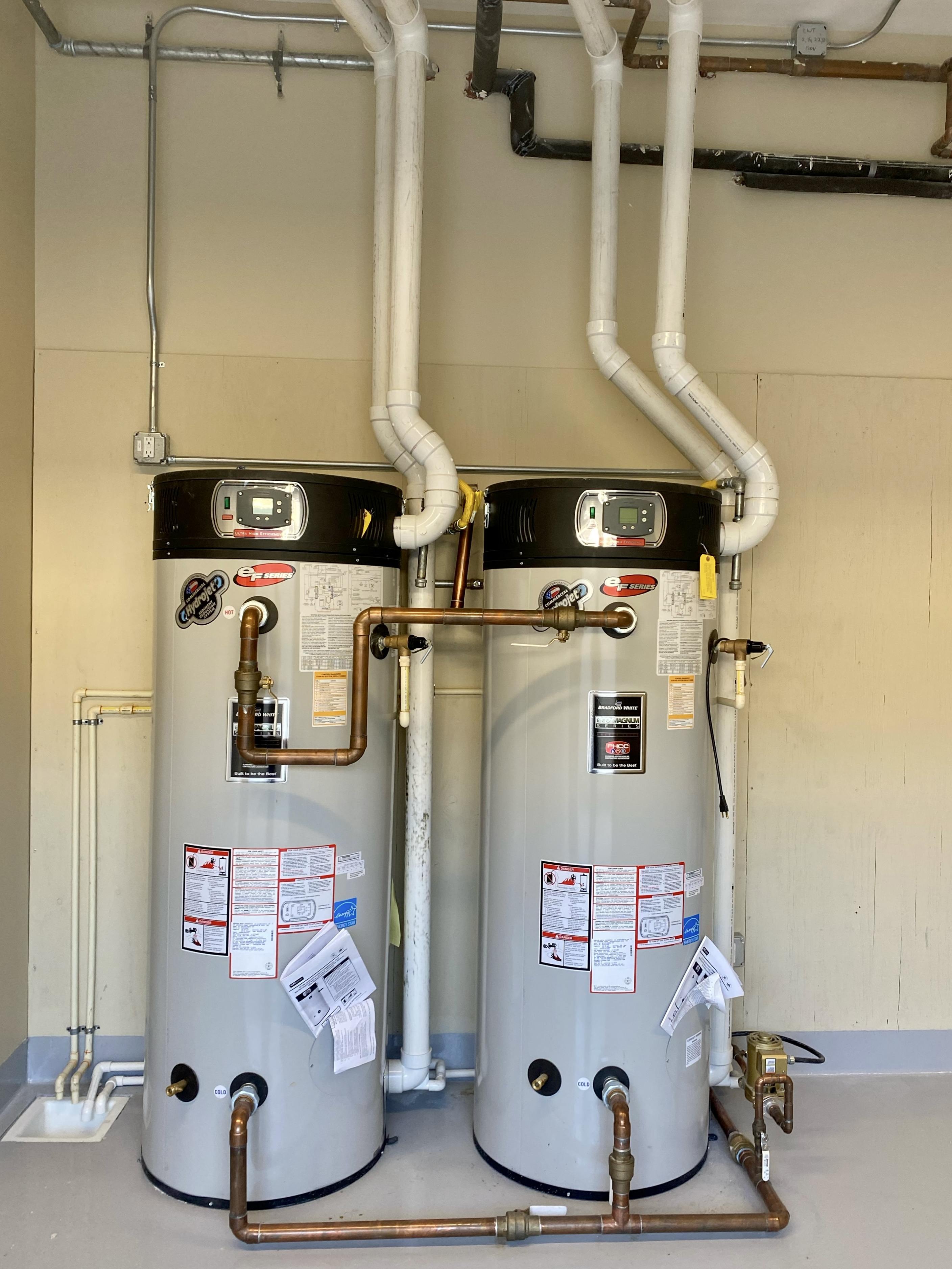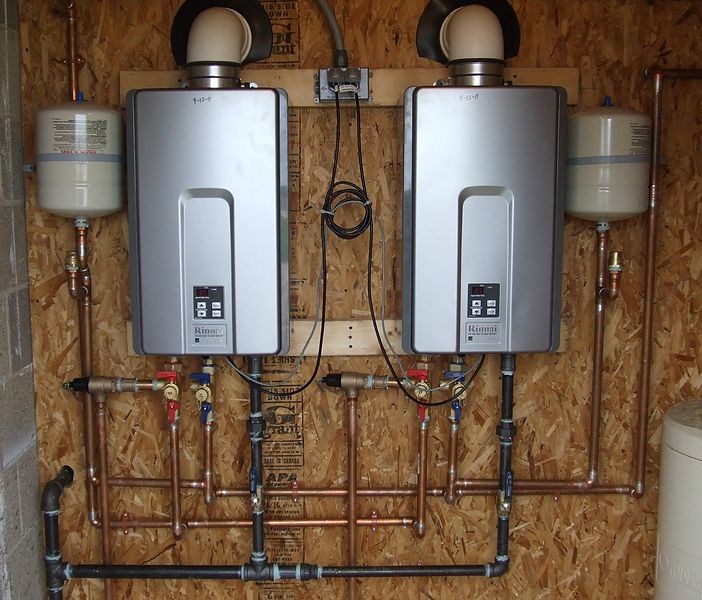Upgrade your home with expert water heater installation in Brea
Upgrade your home with expert water heater installation in Brea
Blog Article
Do It Yourself Water Heater Installation: Important Actions for Success
When thinking about a do it yourself water heater installment, it is necessary to come close to the task with a systematic attitude, as the procedure entails several essential steps that can significantly impact both safety and security and efficiency. Choosing the appropriate water heater for your certain needs is simply the beginning; preparing the installation area and comprehending the required devices and products are just as crucial. As we check out the systematic technique to installation, it becomes noticeable that ignoring any detail can cause complications down the line. Are you prepared to browse the details of this home enhancement job?
Choosing the Right Hot Water Heater
When selecting a hot water heater, it is necessary to think about several crucial factors to guarantee optimum efficiency and effectiveness - water heater installation. Review the type of water heating unit that finest suits your requirements. Alternatives consist of tankless, storage tank, and heat pump water heaters, each offering distinctive advantages in regards to energy efficiency and room demands
A larger household might need an unit with a better gallon capability or a tankless system that can give continual hot water. Each energy kind has ramifications for installation prices and lasting energy costs.
Energy efficiency is one more crucial factor. Search for units with a high Power Element (EF) rating, as these models eat less energy and can considerably decrease utility costs. Additionally, check for guarantees and brand name integrity, as these can suggest the long life and upkeep requirements of the device. By meticulously reviewing these factors, you can pick a hot water heater that aligns with your home's specific demands, making certain convenience and efficiency for many years ahead.
Devices and Products Needed
Successfully mounting a water heating unit requires not only the right choice of system but additionally the proper devices and materials. Prior to starting your DIY job, guarantee you have an extensive listing of products to promote a smooth installation procedure.
Vital tools consist of a monkey wrench, adjustable pliers, and a screwdriver collection (both flathead and Phillips), which will help you take care of different installations and links. In addition, a drill with ideal little bits is required for installing brackets or making any needed openings. For safety, a voltage tester is crucial, particularly when managing electrical hot water heater.
You will additionally need a flexible water supply line, which can be either knotted stainless steel or PVC, depending on your preferences and local codes. By gathering these materials and tools in advance, you set the stage for a successful water heating system installment.
Preparing for Installment
Prior to beginning the setup of your hot water heater, it is critical to assess the installation site to guarantee it fulfills all necessary requirements. Start by validating that the area is well-ventilated, especially for gas hot water heater, to prevent the buildup of unsafe gases. Examine for the accessibility of necessary links, including water system lines and electrical outlets, guaranteeing they are in excellent problem and correctly located.

Furthermore, inspect the existing plumbing and electric systems to figure out if upgrades or repair work are required before setup. This aggressive approach not just makes sure compliance with regional structure codes but additionally enhances the durability and efficiency of the hot water heater. Lastly, gather all called for licenses, if needed, to stay clear of lawful difficulties later on. Appropriate preparation establishes the phase for a smooth installation procedure and aids prevent unanticipated concerns.
Step-by-Step Installment Refine
With the prep work total and all needed assessments carried out, the next phase involves the detailed setup of your hot water heater. Begin by making sure that the new system is located appropriately, aligning it with the existing pipes and electric links. For tank-type water heating units, link the chilly water supply line to the inlet, normally noted in blue, and the warm water line to the electrical outlet, generally assigned in red. Use Teflon tape on threaded joints to protect against leaks (water heater installation Yorba Linda).
Following, secure the temperature level and stress safety valve, which is important for safety and security. Connect the discharge pipeline to this valve, guiding it in the direction of the flooring or a suitable water drainage area. For electric designs, link the power supply by removing the wires and securing them to the heating unit's terminals according to the supplier's guidelines.
If you are installing a gas water heater, guarantee the gas line is linked effectively and check for leakages making use of a soap service. After all connections are made, fill the storage tank with water before turning on the power or gas supply. Finally, enable the hot water heater to reach the preferred temperature level and look for any read the article leaks around all connections.
Ensuring Security and Efficiency
On a regular basis making certain safety and security and performance during the installment and operation of your water heater is important for optimum efficiency and longevity. Begin by picking an ideal area that follows regional building regulations and provides appropriate air flow. Make certain that the area is devoid of combustible products and has adequate room for upkeep and assessments.

After installation, conduct routine look at the unit to identify leaks, rust, or unusual sounds. Establish the thermostat to a risk-free temperature, generally around 120 ° F, to stop hot and enhance power efficiency. Insulate pipes to decrease warm loss, which contributes to lower energy expenses.
Final Thought
Finally, effective do it yourself hot water heater installment depends upon cautious preparation and implementation. Selecting the suitable hot water heater, preparing the setup area, and adhering to a systematic installation procedure are essential steps. Complying with safety guidelines throughout the installment makes certain both safety and security and performance. Additionally, routine upkeep checks post-installation will add to the ideal efficiency of the hot water heater, inevitably boosting the long basics life and performance of the system. Effectively setting the thermostat better makes certain secure operation.
When discover this info here considering a DIY water heating unit installation, it is essential to come close to the task with a systematic attitude, as the procedure involves several critical steps that can considerably impact both safety and security and effectiveness.Prior to starting the setup of your water heating system, it is essential to assess the setup website to ensure it satisfies all required requirements. For tank-type water heating systems, attach the cool water supply line to the inlet, normally noted in blue, and the hot water line to the electrical outlet, normally assigned in red.Regularly making certain security and effectiveness throughout the installation and procedure of your water heater is essential for ideal efficiency and durability. Selecting the appropriate water heater, preparing the setup area, and following a methodical setup process are important steps.
Report this page